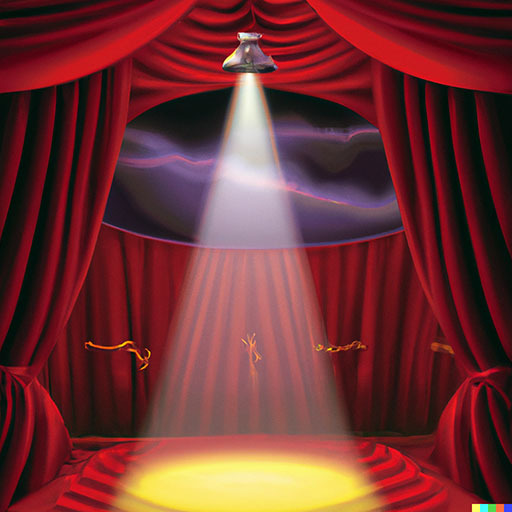

It depends on the client
Some apps / frontends support it and others don’t
I waddled onto the beach and stole found a computer to use.
🍁⚕️ 💽
Note: I’m moderating a handful of communities in more of a caretaker role. If you want to take one on, send me a message and I’ll share more info :)


It depends on the client
Some apps / frontends support it and others don’t


😦
Well, it’s a win win. You can have them


I was coming into this thread to mention buttered popcorn flavor jellybeans.
It was bad.
There is also [email protected] :)
crossposting between the communities can help grow both


At the same time, space is a growing industry that will likely change the way we do things on the surface. I’d rather that we have some control over that than leave everything up to the americans. We could also benefit economically and use those funds for projects in other sectors.
There are also some direct practical applications, like satellite Internet in remote regions, and Earth observation / climate research.
I don’t know how it will all play out, but this seems like a good thing. Why pay musk for starlink and spacex launches when we can set up something for ourselves.


Being able to compare between options would help me pick which one I want to use :)
Alternatively, a way to filter the full list would be helpful. That way I can select the items that I need and see everything that has what I need.
This for example:


It would be cool if there was a table to compare them with, since right now you’d have to open each of them to check.
Thank you for putting it together though!


You can add an image to the thumbnail field to get the best of both options :)


I think it’s reasonable that some communities will want to cater to a specific topic / group of people. If you want to discuss a similar topic, there’s nothing stopping you from posting about it in another community or making your own community/instance.
If someone doesn’t want to engage with you, it’s silly to try and force them to engage with you.


Especially if no bank account is attached and if it isn’t tied to anything on here
@[email protected] does anything show up when you log in to GitHub and check billing?


What is it? It makes me think of funkopops and other trendy (but otherwise useless and quickly forgotten) collectibles.
https://selfh.st/apps/?tag=Inventory+Management
You could self host an inventory management software


It takes time to scale up. The bottleneck is usually residency, where we don’t have enough doctors to train the new ones


Check your local libraries, or search for maker spaces
For example


Organic Maps was on iOS, my guess is that it’ll take time to get a new app approved on the iOS store


These are two comments that you have made, and I think people are pointing out the contradiction:
Israel is not a single person. The Israelis being held hostage are certainly victims. Antisemitism in the west has reached a point where it’s no longer safe to raise awareness that Hamas is still holding Israelis hostage, see the Boulder, CO attack. You’re being told you should dehumanize all Israelis (along with anyone that even has empathy for Israelis) so you can believe a simple narrative where all Israelis are evil. Likely you’re also being told that anyone that has empathy for Israelis being held hostage are evil (aka the “Zionist Jews”). You’re probably just not to the point where you’re believing all Jews are evil, but you might be willing to look the other way about the actions of those that do.
Yeah Italy just rolled over in WWII while Germany fought to the bitter end. Do you think it was better that Germany continued fighting when it was obvious they’d lost because some authoritarian asshole convinced them they should own all of the land they wanted with no more Jews?
Look at the photos of German cities at the end of WWII and look at Gaza. This kind of senseless hatred doesn’t accomplish anything other than getting a lot of people killed.
Palestinians are dying because of the hatred of Hamas and it will accomplish exactly nothing.
Also, in your opinion, what should people do in order to end the suffering and violence? Not just for any particular side, but for everyone.


At some point we’re going to need a recap of how it all came together
I think they’re looking for local “AI” anyway. Since those work directly on your machine, there’s no concern around trust (nothing leaves your device) and the resource cost is whatever your hardware uses, or was already using.
There are some concerns still with local models, such as any biases in the training data that was used, but for image classification it wouldn’t be that bad.